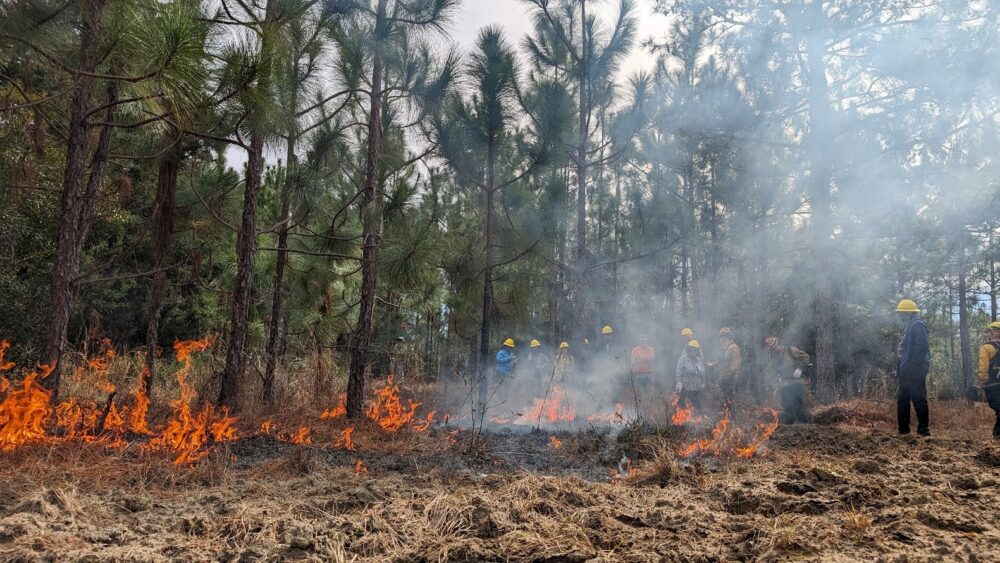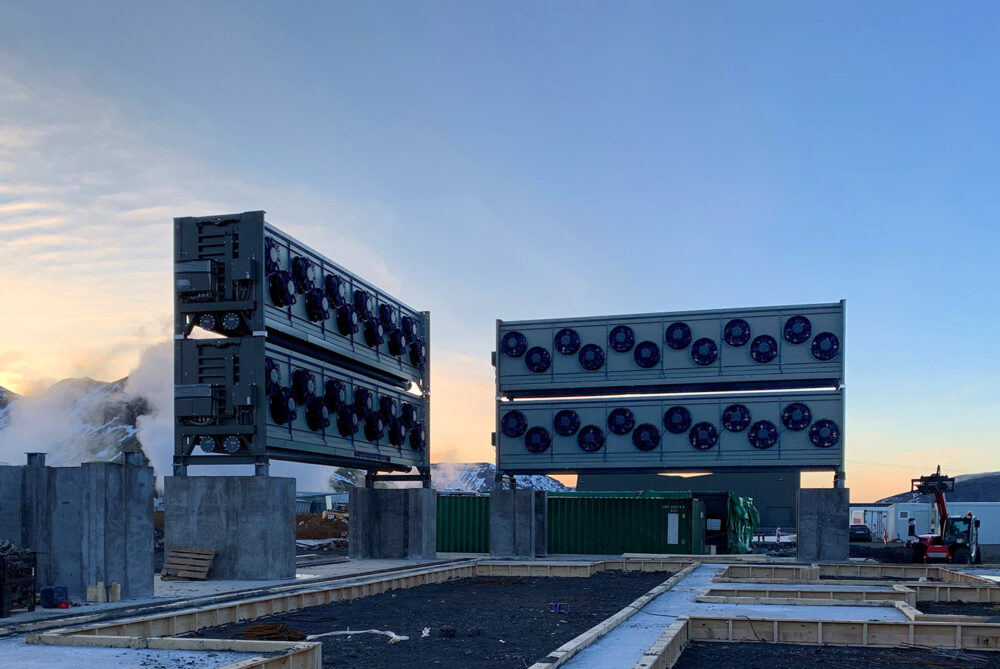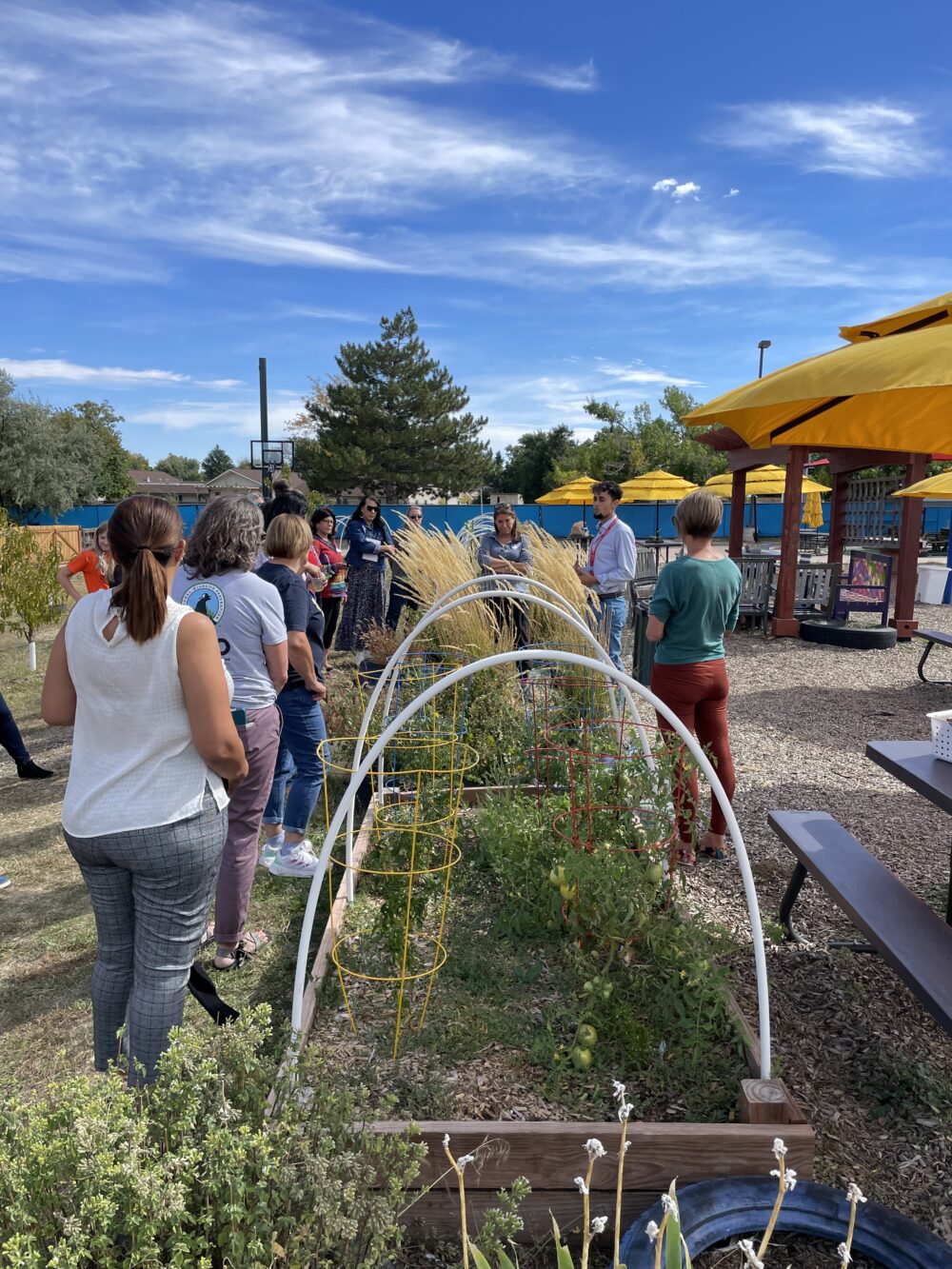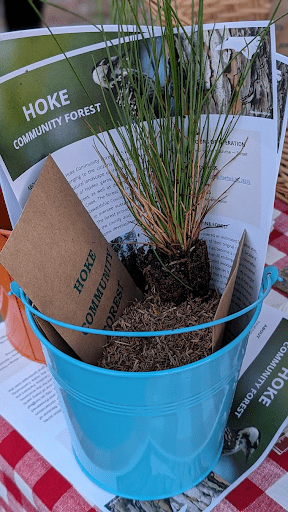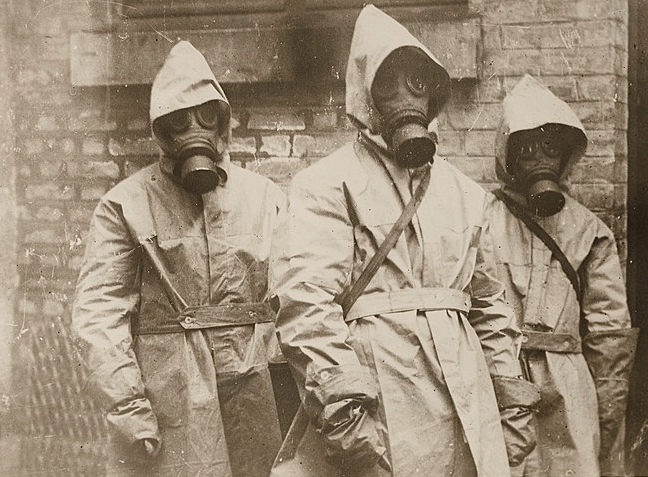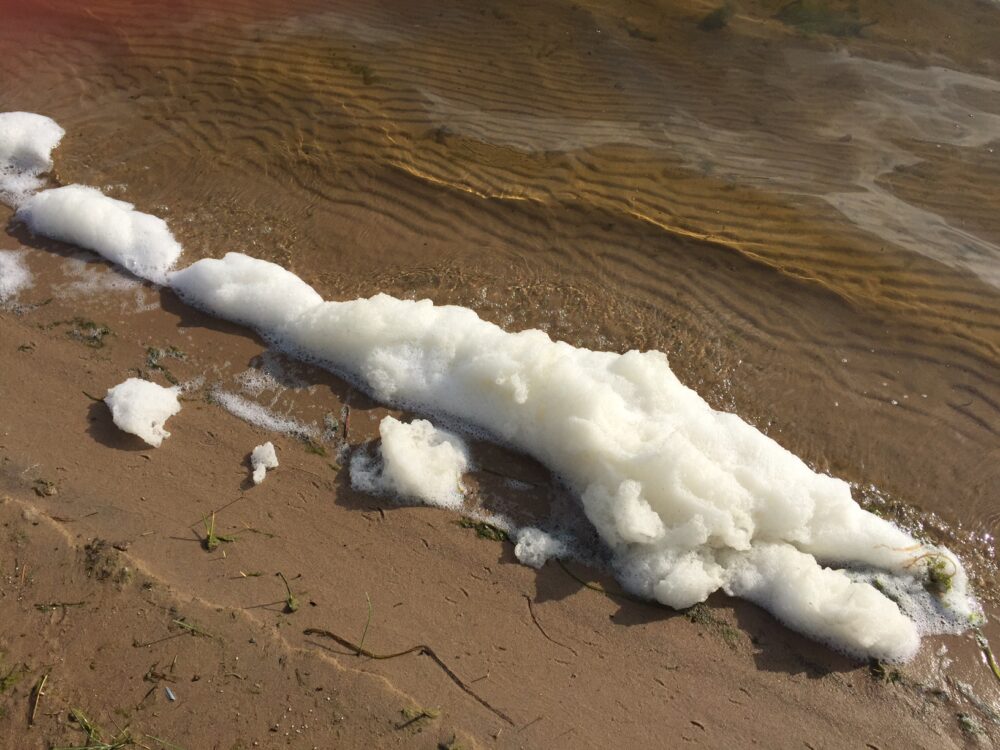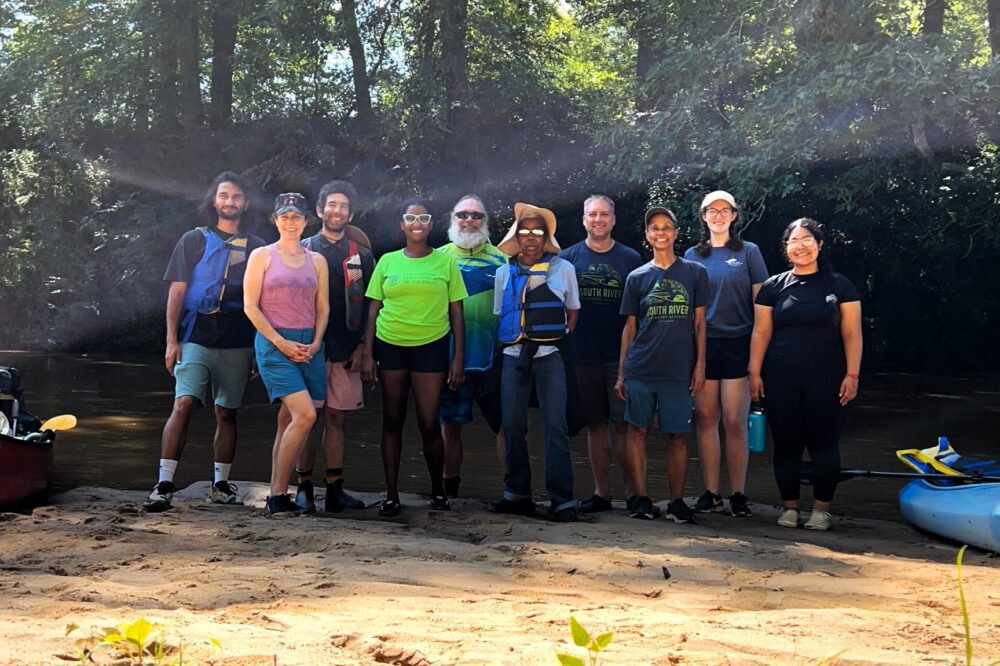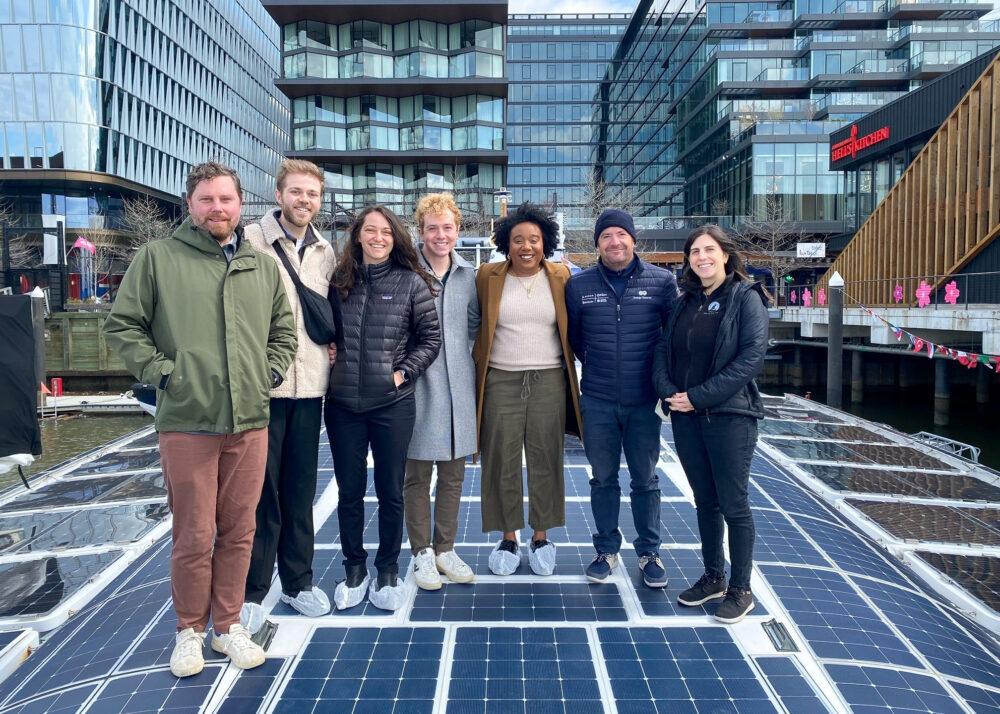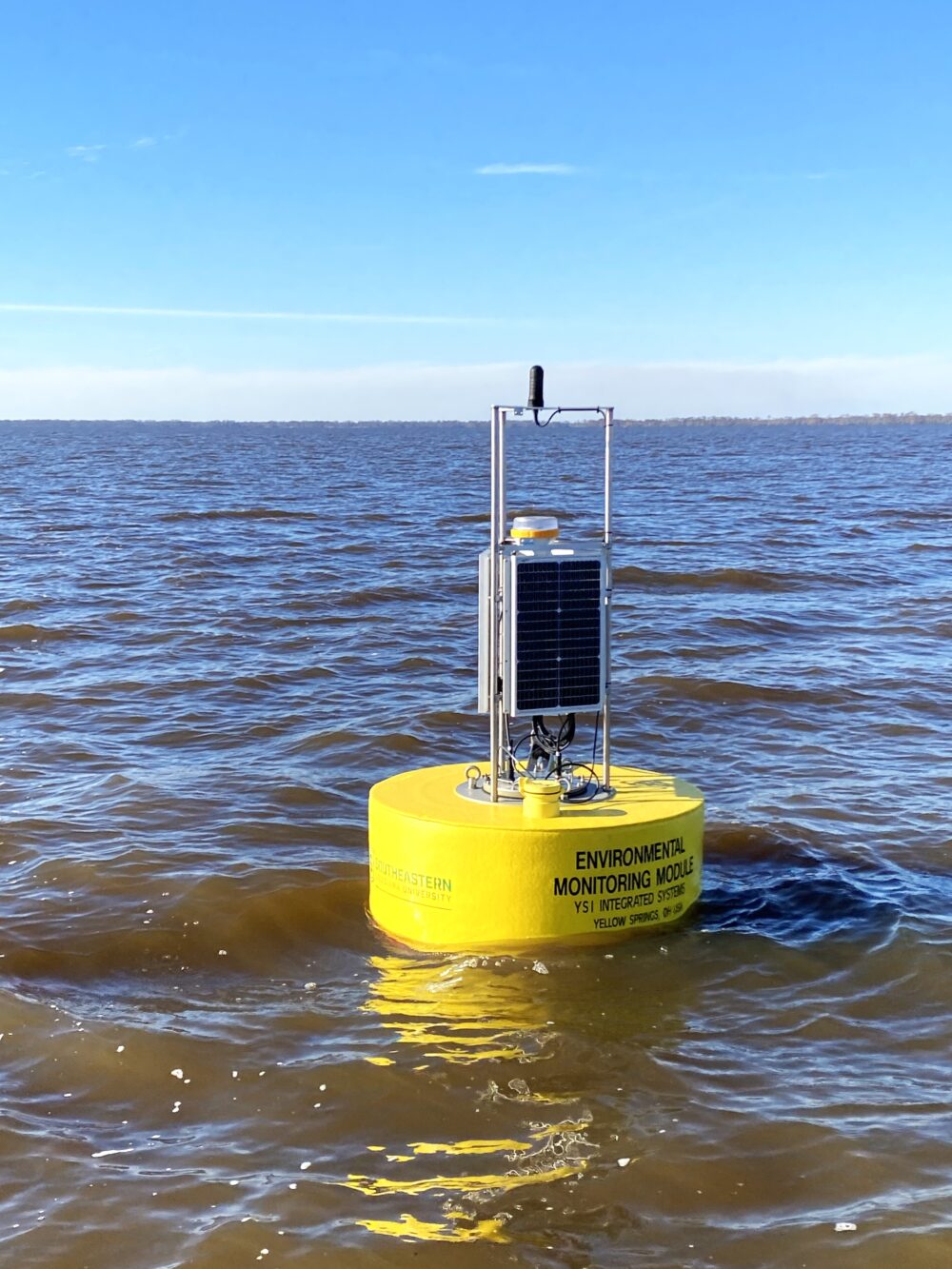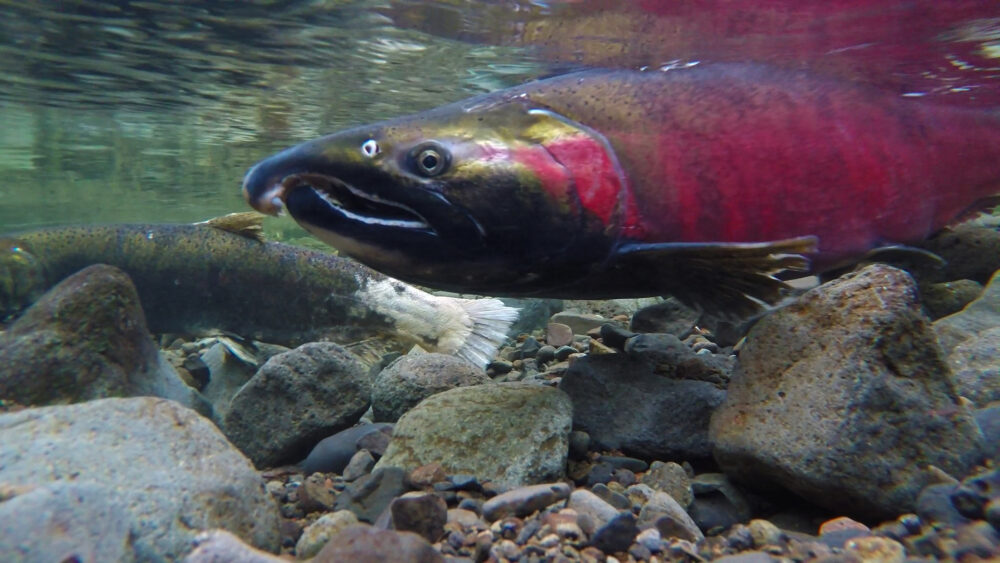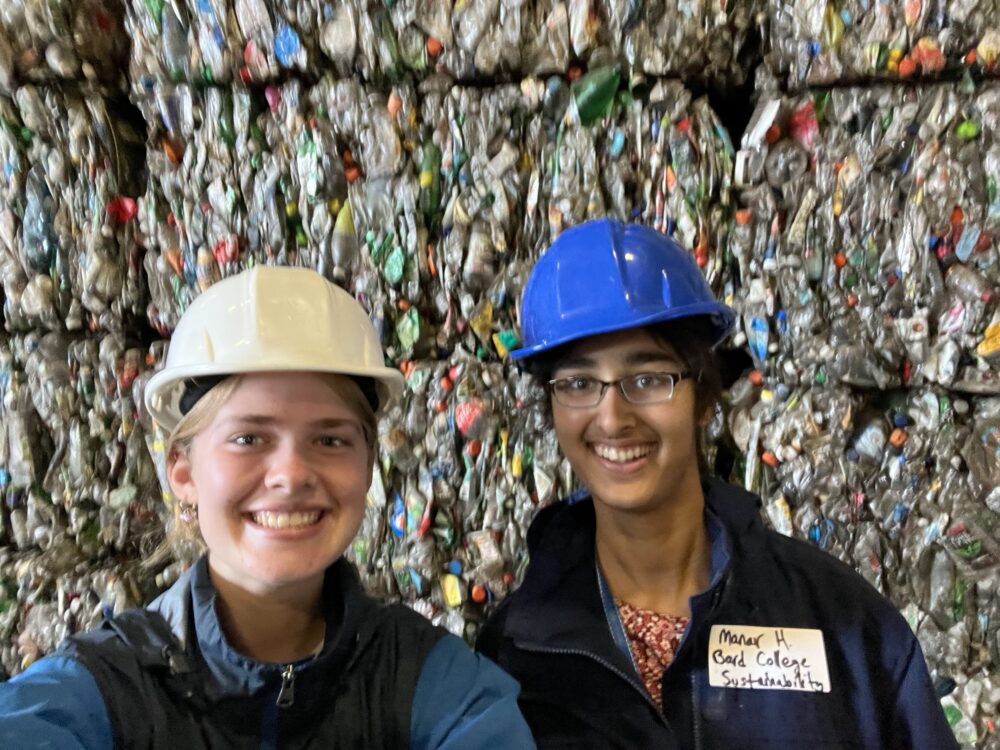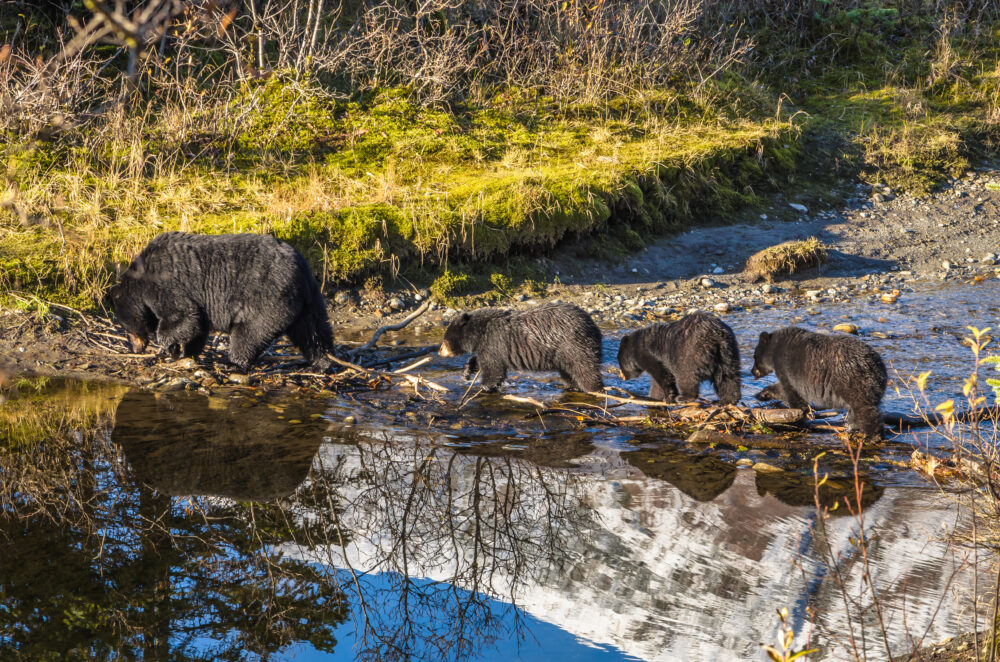We have much more to do and your continued support is needed now more than ever.
Learn how cover crops can help fight algae blooms
Around the world, millions of people do not have access to clean drinking water. In the Eastern half of the US, however, most people have become accustomed to having unlimited clean water for drinking, bathing, and cooking, and we often take our water supply for granted. Last month, when hundreds of thousands in the Toledo area temporarily lost their drinking water due to contamination from a toxic algae bloom, and as California continues to experience extreme drought, we are reminded of how critically important it is to protect source water through the Clean Water Act by supporting the EPA in its efforts to protect America’s waters.
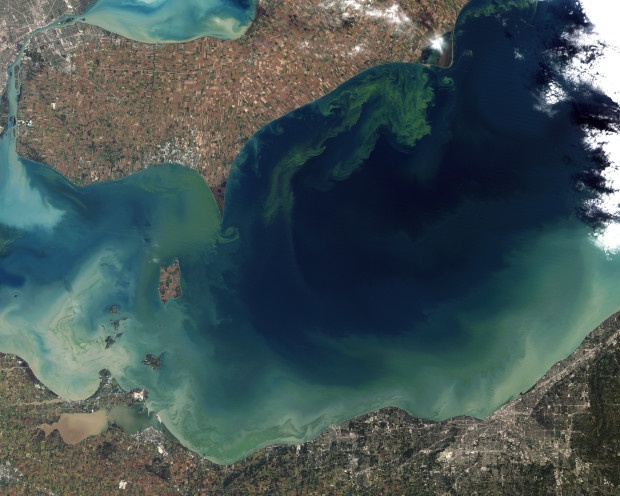
Freshwater algal blooms, as the one in Lake Erie, and hypoxic dead zones, like the one in the Gulf of Mexico, are caused due to excess phosphorus and nitrogen that comes from many sources. Most scientific assessments have pinpointed agricultural runoff from cropland and animal operations as the leading cause of excess nitrogen and phosphorus in the Mississippi River, Lake Erie, and the Chesapeake Bay. Extreme weather events exacerbate the problem. However, the problem is not without solutions, and we should be using every tool we have to clean up our water. Cover crops are an excellent, but underutilized, management tool for reducing the amount of nitrogen and phosphorus runoff from agricultural land. After Toledo’s water crisis in August, the USDA offered $2 million in conservation funds for farmers to plant cover crops in the Lake Erie watershed.
Cover crops improve water quality by:
- Reducing runoff by holding the soil on the ground,
- Using nutrients so that they don’t pollute surface and groundwater, and
- Improving soil quality, which increases water infiltration, slowing the movement of nutrients.
Recent USDA research has shown that planting cover crops can reduce sediment and nutrient pollution by more than 50%, compared to the status quo of conventional tillage. Cover crops are becoming increasingly popular, but they are still not common. The 2012 census of agriculture found that there were 10 million acres of cover crops planted nationwide – that is only 2.6% of cropland. In Ohio, there are 357,292 acres planted to cover crops; that is a lot, but it is still only about 3% of total cropland in the state.
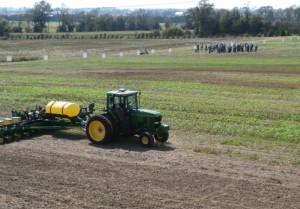
Cover crops won’t solve all water quality problems, but they can do a lot at a relatively low cost, especially considering that a USDA survey found that 63% of farmers who plant cover crops in the Mississippi River Basin are willing to pay for it out of their own pocket.
![]() Send an email to the EPA to show your support for the Clean Water Act.
Send an email to the EPA to show your support for the Clean Water Act.
You can also help by getting involved in your local watershed planning and encouraging your utilities, watershed groups, and others to start cover crop initiatives like those featured in NWF’s Clean Water Grows report. There is a lot of misinformation regarding the Waters of the US rule; visit EPA’s website to get the facts.
Read more about cover crops and toxic algae on our website.

